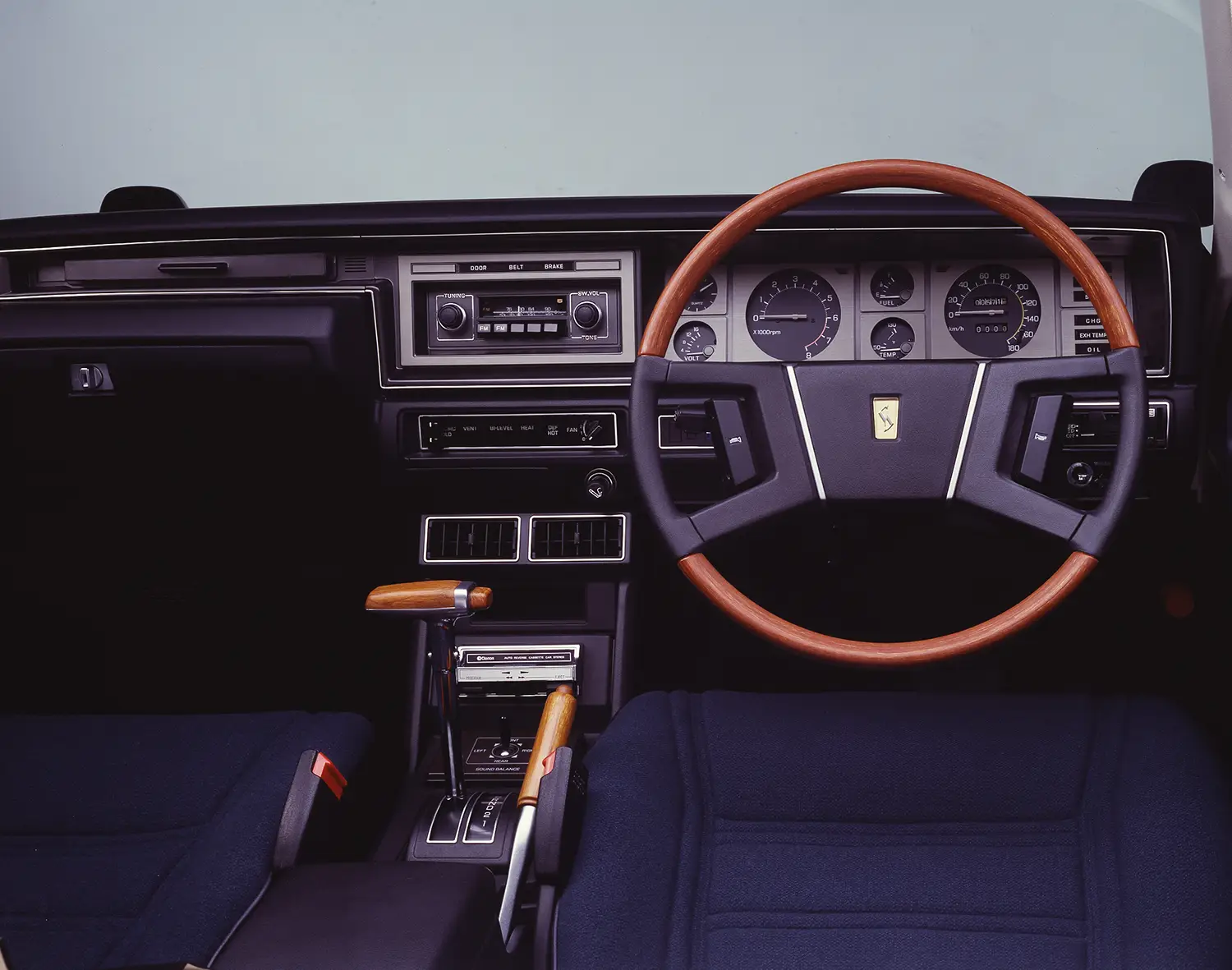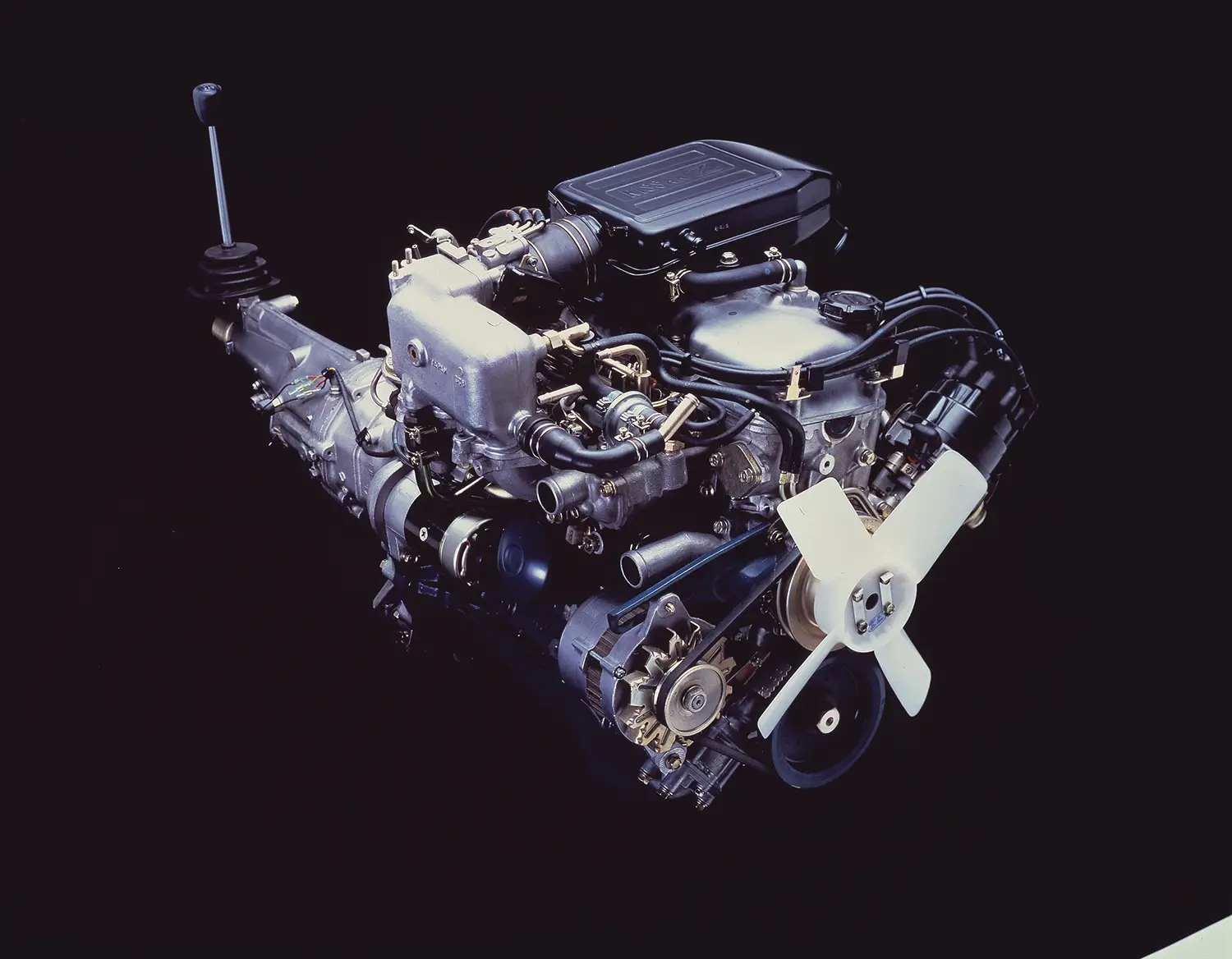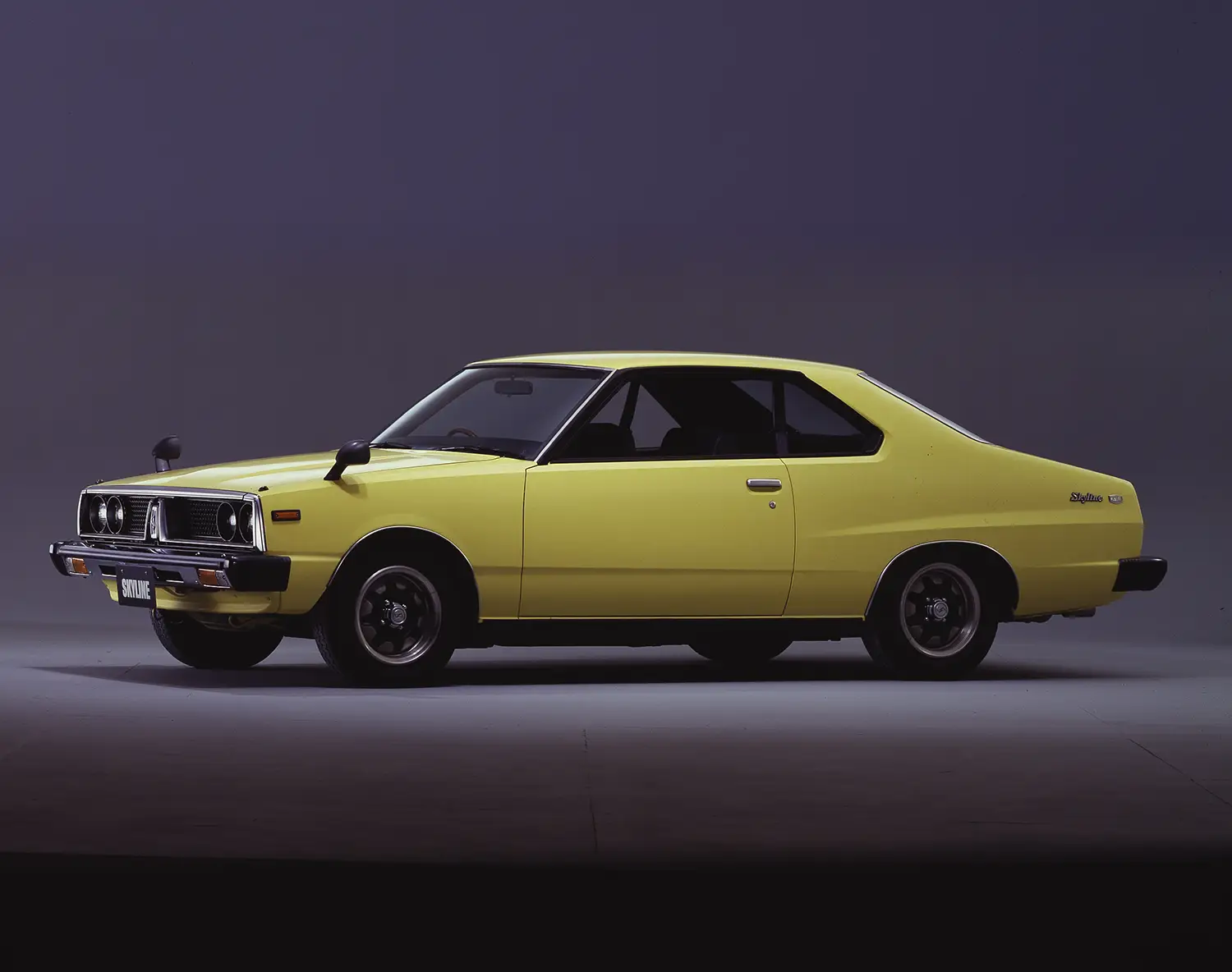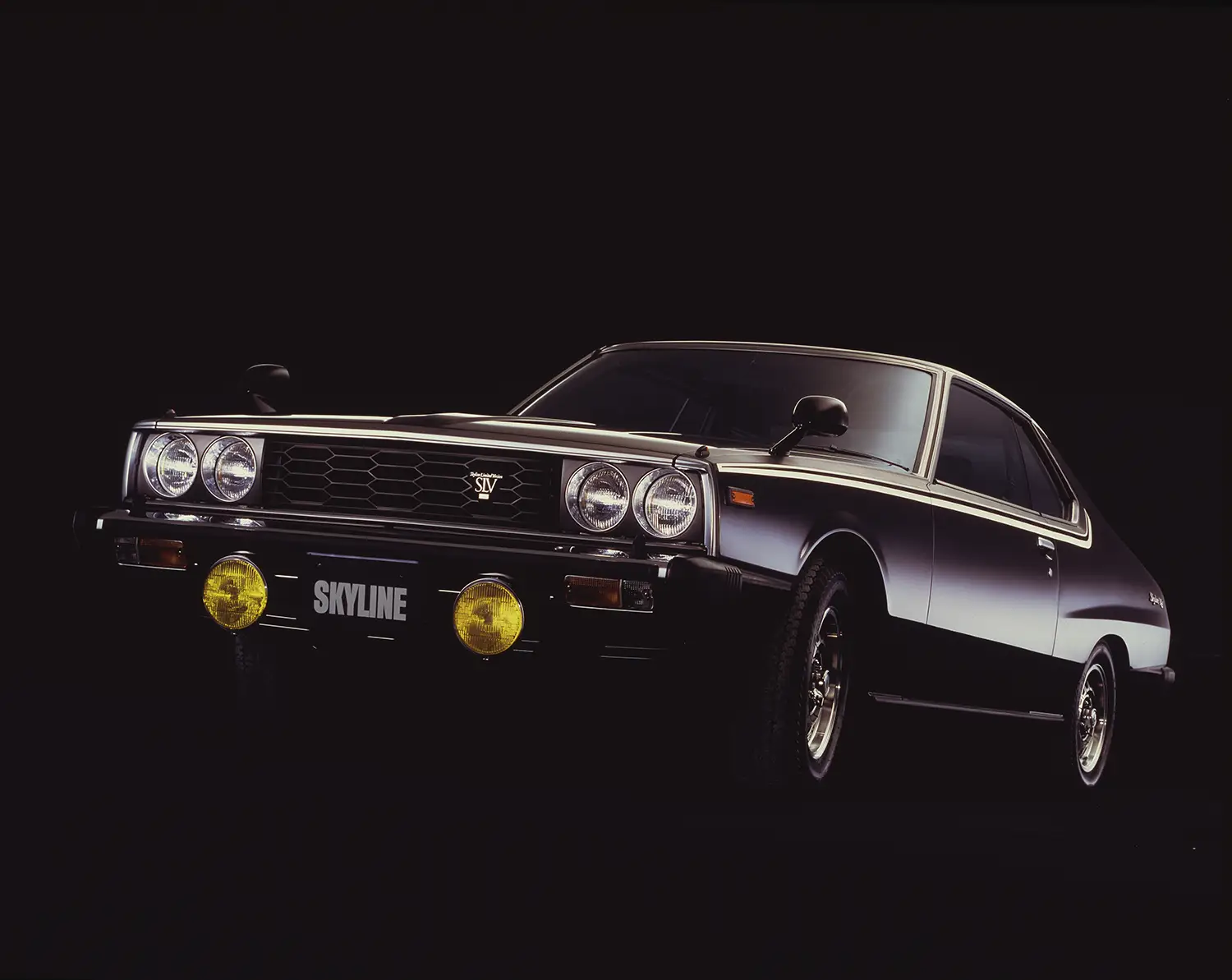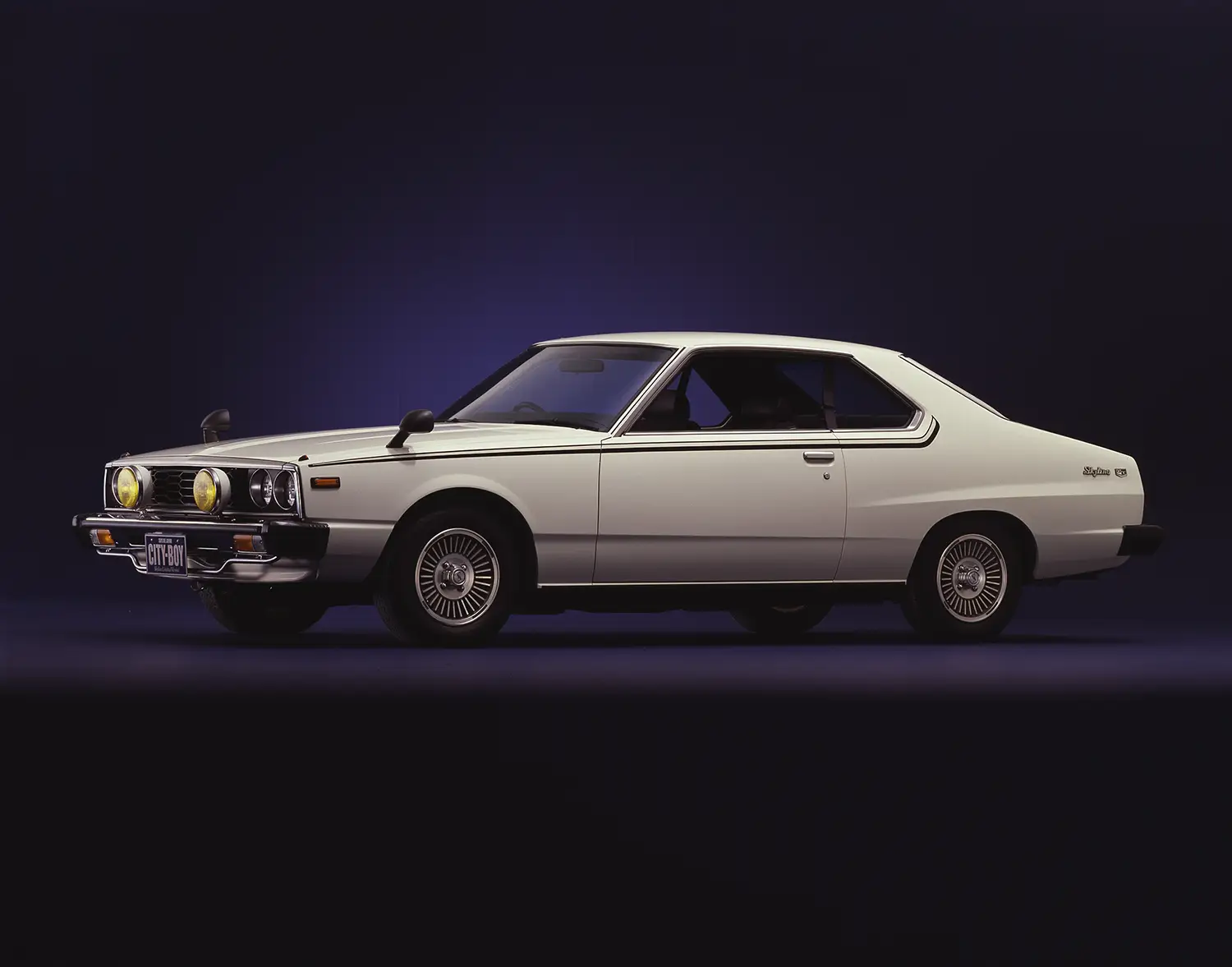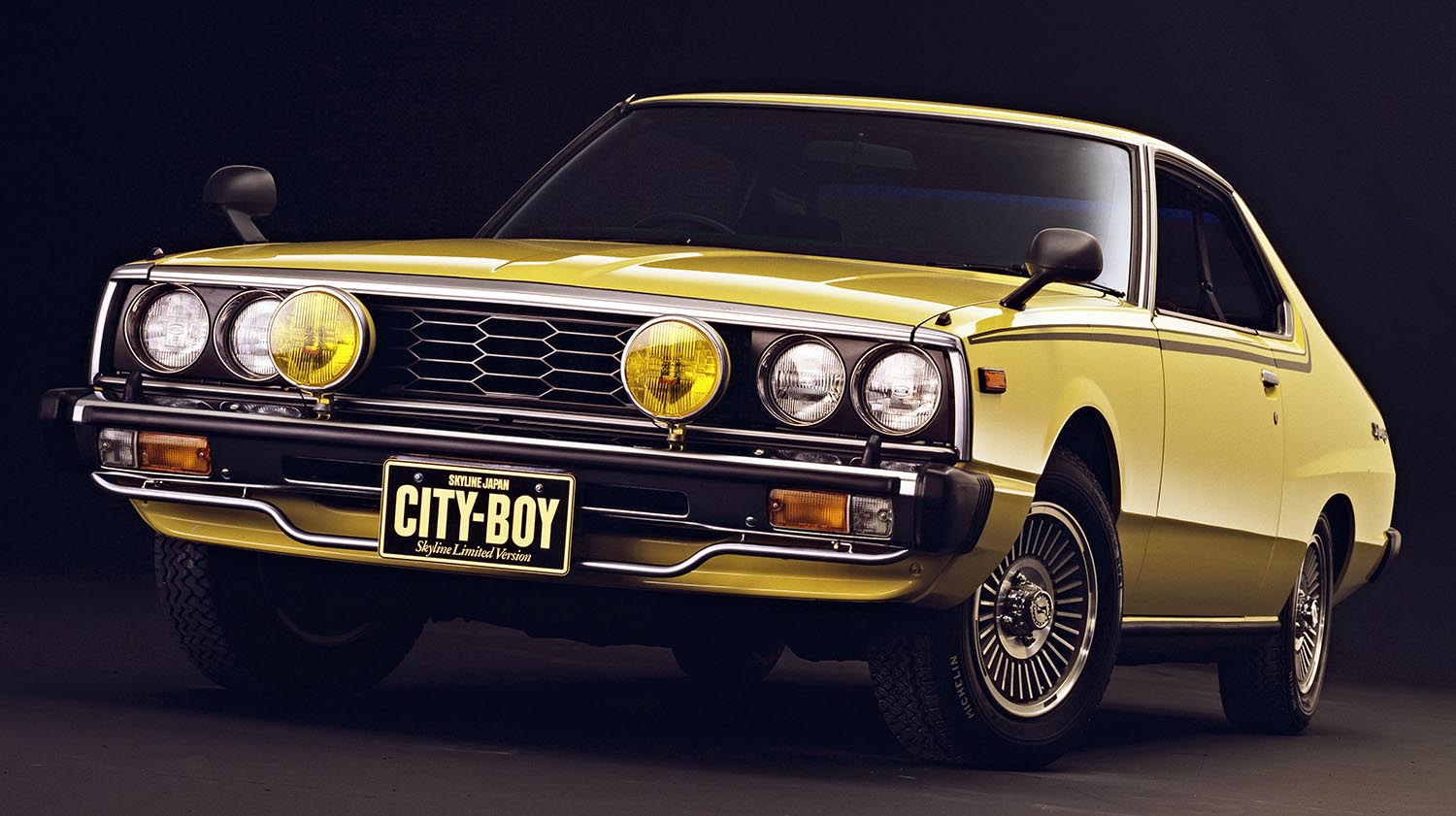
The 1978 Nissan Skyline C210, often called the “Skyline Japan,” represents a pivotal moment in the model’s history. Launching in 1977, it balanced sporty appeal with compliance to strict emissions standards and global market demands, preserving the Skyline’s reputation while innovating for the future. This generation bridged classic GT sedans and the high-tech Godzilla models that would follow.
Design Evolution and Technical Foundation
The C210 adopted sharper, more angular lines compared to the “Kenmeri” C110. Signature quad circular taillights remained, maintaining visual continuity. Available as a two-door hardtop coupe or four-door sedan, the C210 retained rear-wheel drive, crucial for dynamic handling. Trim levels included the base ‘TI’ and sportier ‘GT,’ reflecting a hierarchy of performance and features. Overall, the chassis balanced strength with lightweight design, contributing to responsive driving characteristics.
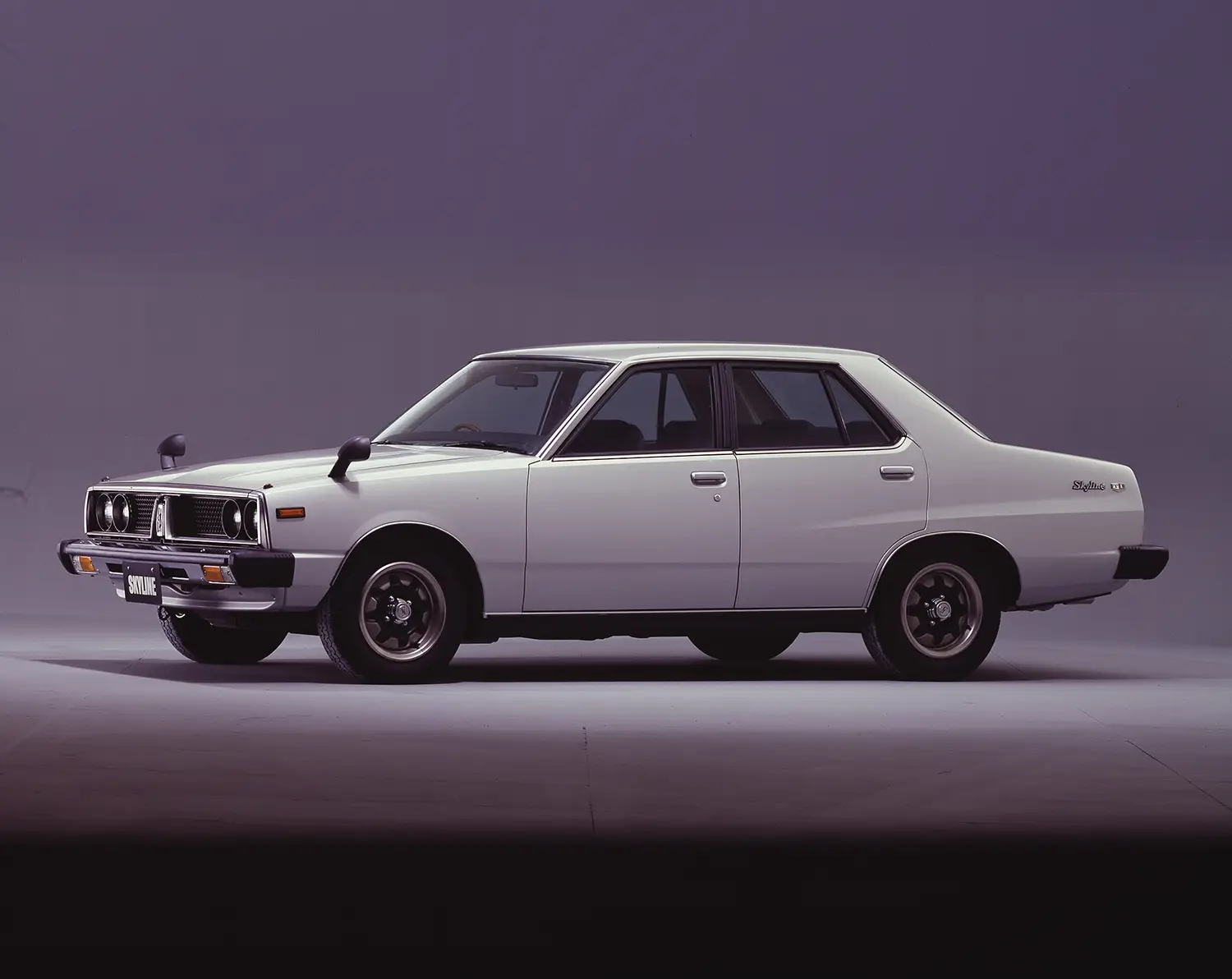
Engines, Transmission, and Performance
The C210 lineup was powered mainly by the L-series straight-six engines. Early models used the 2.0-liter L20, producing around 110 horsepower and 116 lb-ft of torque. Higher-spec models, like the 2000 GT-E·S (E-L), featured the L20E engine with Electronic Gasoline Injection (EGI), improving efficiency and output to roughly 125 hp. Notably, the L20ET turbocharged 2.0-liter inline-six debuted in 1978, Japan’s first production turbo engine, generating approximately 135–145 hp and 130 lb-ft of torque. Power was sent to the rear wheels via a 4-speed manual or optional 3-speed automatic, with limited-slip differential offered on GT models.
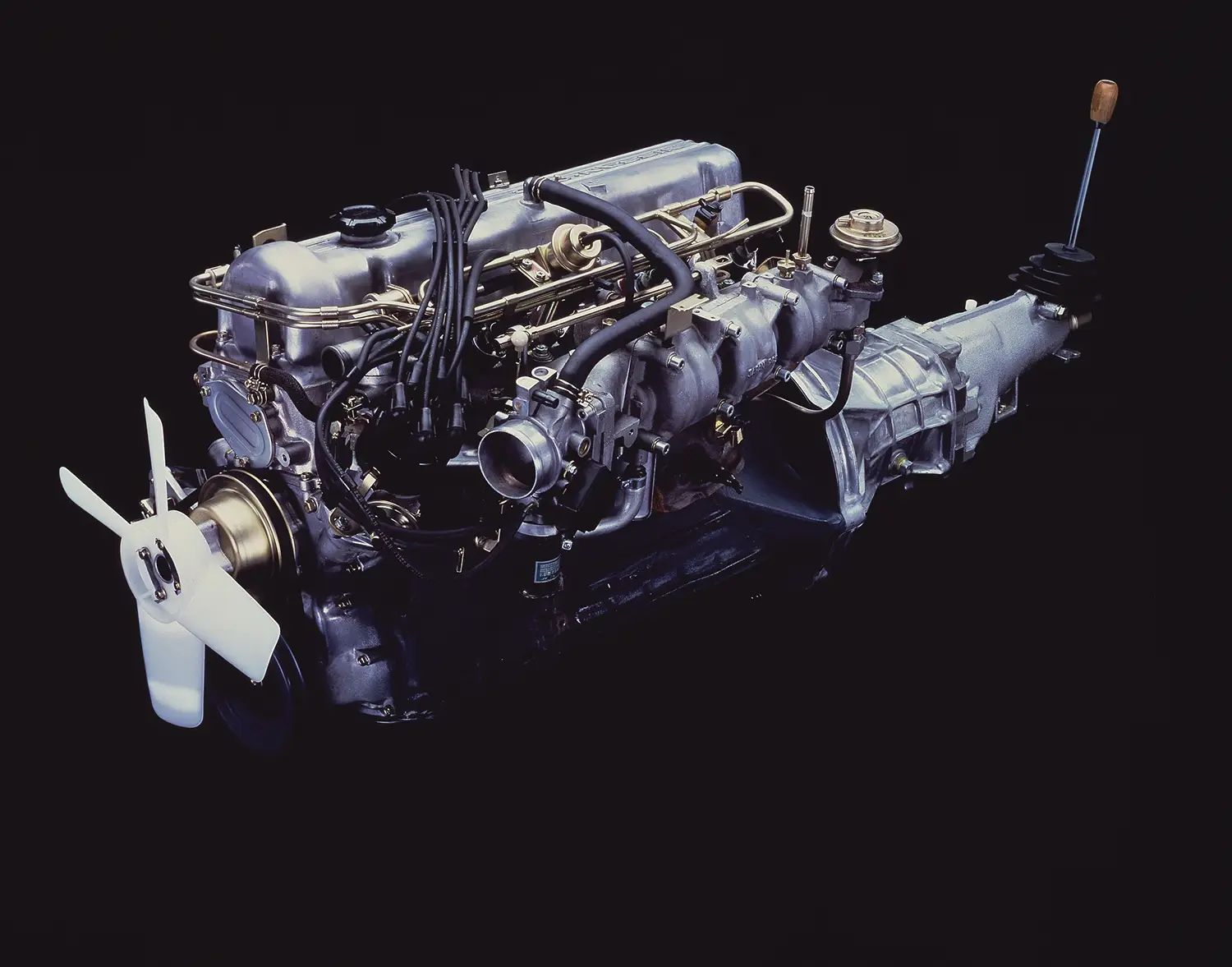
Suspension, Brakes, and Handling
The C210 used independent front struts and a solid rear axle with semi-trailing arms, ensuring stability and cornering precision. Braking was handled by front disc brakes on higher trims and rear drums across the range. Steering was rack-and-pinion, providing direct feedback. With a curb weight near 1,050 kilograms, the GT-E·S could accelerate from 0–100 km/h in roughly 10 seconds, while the L20ET turbo model slightly improved acceleration thanks to forced induction.
Turbo Innovation and Heritage Spotlight
The L20ET turbo represented a major technological leap, delivering higher power from a smaller displacement engine. This innovation offset performance losses from stricter emissions regulations. By introducing turbocharging, Nissan established the Skyline C210 as a technological pioneer. The lessons from the L20ET directly influenced the later RB-series engines and set the stage for the iconic R32 GT-R.
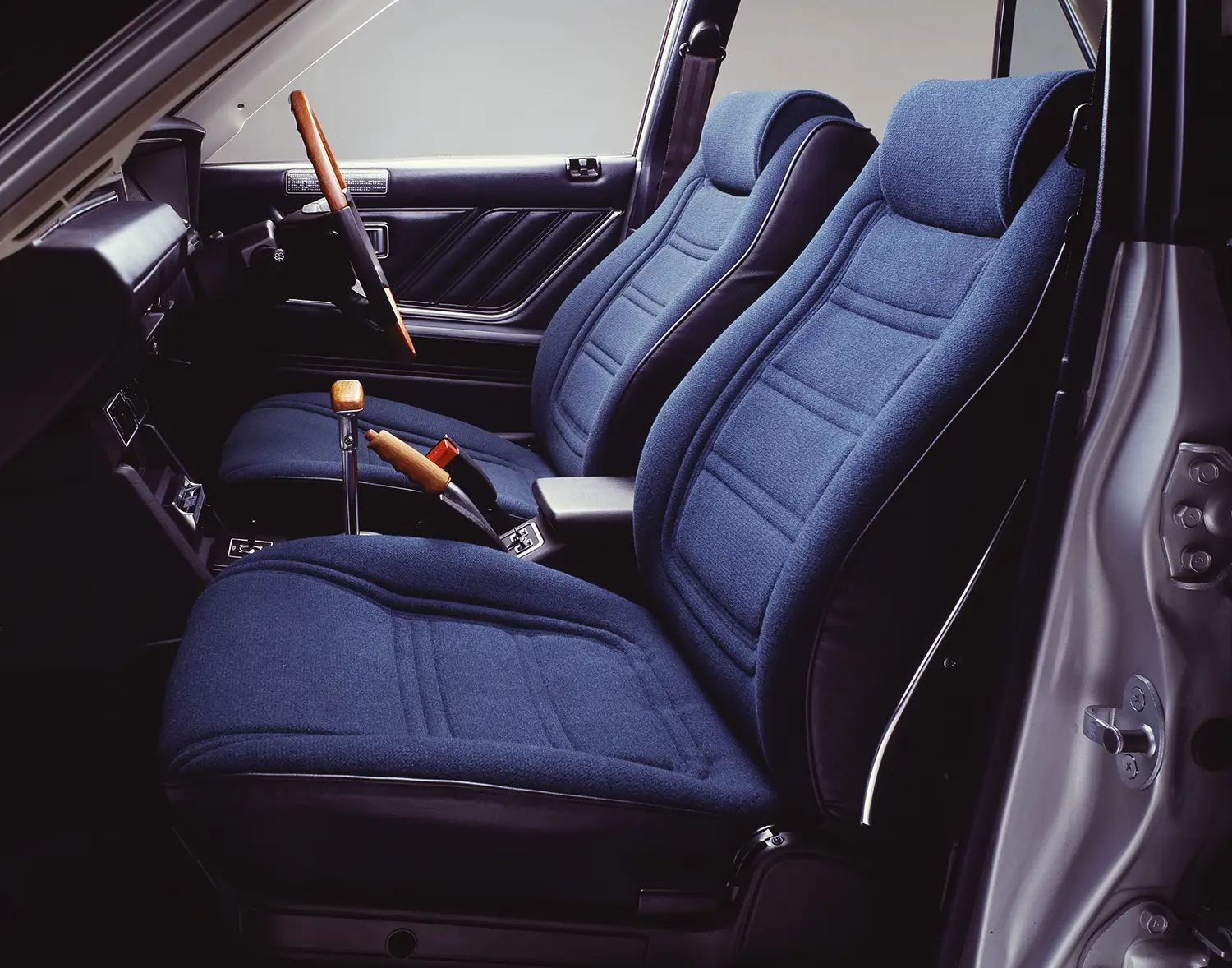
Markets and Naming Conventions
In Japan, the car was sold simply as the Nissan Skyline. For export, including Australia and Europe, it appeared as the Datsun Skyline C210. Export versions often used the 2.4-liter L24 engine to meet local fuel and emission standards. The model’s adaptability and sporty handling made it successful globally, highlighting Nissan’s engineering foresight and the Skyline’s universal appeal.
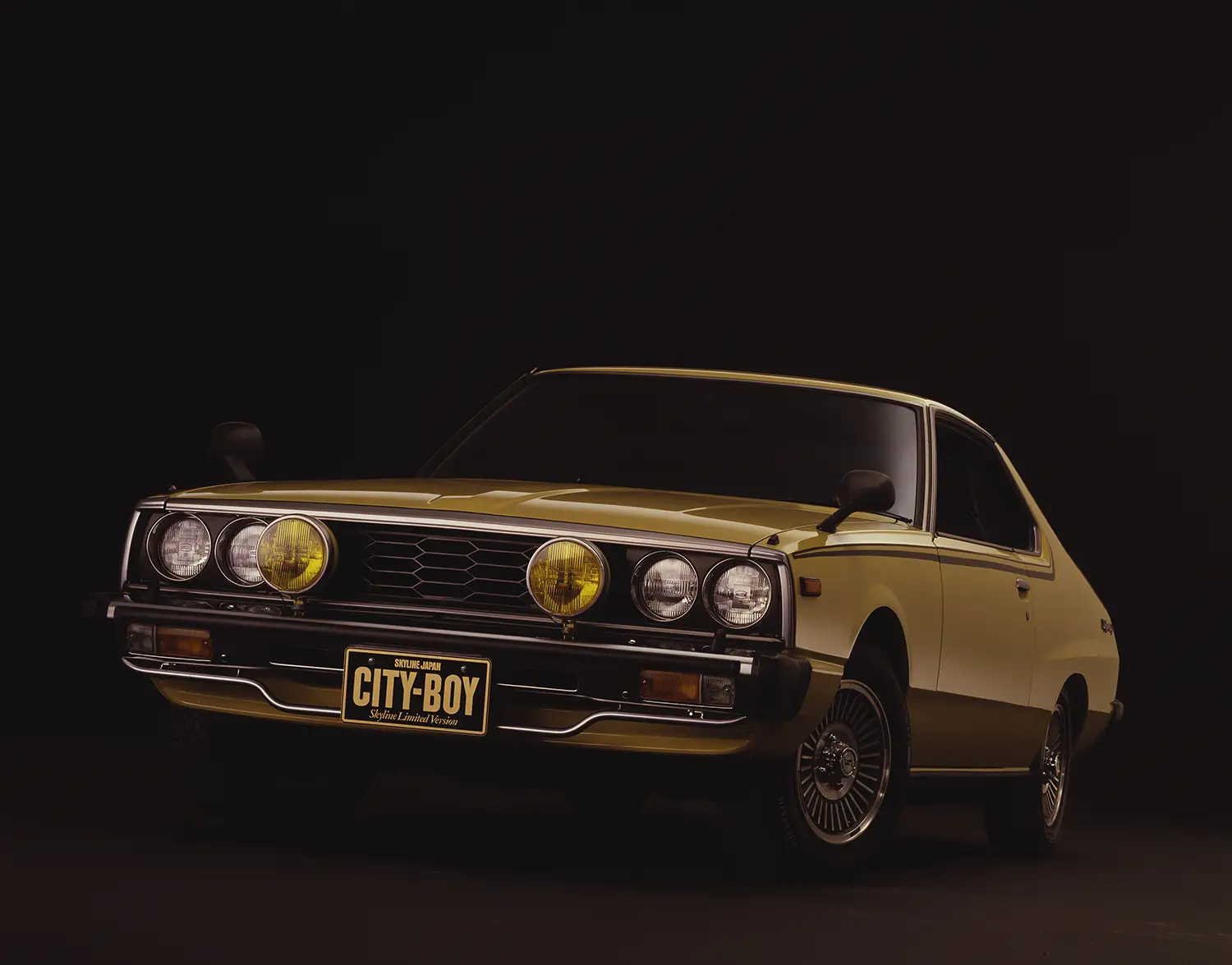
Summary
The 1978 Nissan Skyline C210 remains a landmark in the Skyline lineage. Its combination of rear-wheel drive, straight-six engines, and advanced turbo technology preserved the model’s sporting heritage. By bridging traditional GT values with forward-looking engineering, the “Skyline Japan” ensured the Skyline legend would continue to thrive in subsequent generations.
Disclaimer: Content on this site is for informational purposes only. Vehicle specs, pricing, and availability may change. Always verify details with official sources before making decisions. Opinions are those of the authors.
Source: Nissan
